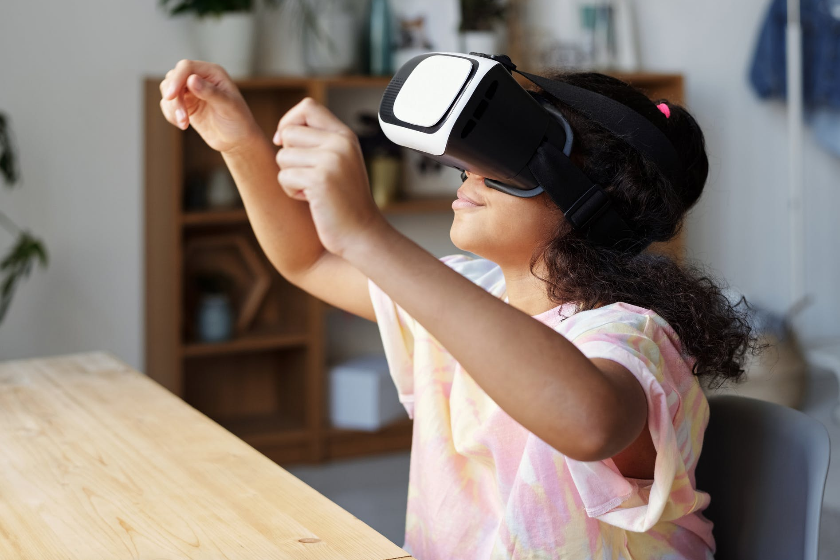Technology has always been the enabler and driver for transformation in the workplace, at home and everything else in between. In a world where modern innovations continue to positively disrupt our everyday lives, AI and machine learning have become defining contributors in the technology sector; and for good reason — they allow people to pick up new abilities, master digital skills and discover breakthrough solutions.
All across the world, technology has enabled us to overcome many of the biggest challenges facing every industry, from manufacturing and medicine to security and sustainability. While it is true that AI represents an unfathomable future filled with modern marvels, it is also more grounded in our current reality. In fact, one segment of the technology sector is set to experience a massive evolution and that is Assistive Technology or AT.
According to the World Health Organization (WHO), AT is defined as “any product that helps maintain or improve an individual function”. While this term may sound new, its predecessors have been deeply rooted in our daily lives in the form of hearing aids, eyeglasses, wheelchairs and prosthetic limbs. At this time, there is a serious need for AT as WHO estimates there to be over a billion people living with some form of disability.
Outfitting AT with AI means potentially maximizing the quality of life for millions of differently-abled individuals. For instance, deep analytics and NLP can let people with learning difficulties study in a virtual environment by automatically captioning and transcribing in real-time while ensuring that messages are clear and concise. These feats are further enhanced with machine learning algorithms to continuously improve accuracy while simplifying context to enhance learning.
AI is also thriving on smartphones, transforming them from mere communication tools into technological playgrounds with boundless potential to change lives. For those with visual impairment, intelligent computer visions apps can be downloaded to scan, analyze and describe real-world objects via an electronic voice synthesizer – for the user’s own understanding and to communicate with others.
In addition, every smartphone has a smart virtual assistant built-in, empowering them with the means of utilizing their devices by simply enunciating their request. This voice control feature has evolved from simple voice recognition software to a neural-net based system, all due to advancements in AI. Leveraging deep learning, voice assistants can automatically and accurately predict speech patterns to ensure that people with disabilities can use their mobile devices without hiccups.
IoT has, without a doubt, bridged the gap between the digital realm and physical world. What this means for people with physical disabilities is they can accomplish basic tasks with ease, making daily life more convenient and safer. This is possible with the integration of AI-powered sensors into everyday items to create a smarter home. Simple activities such as opening and closing doors, turning lights on and off, and controlling room temperature are automated, which allow them to live independent lives. These functions can be personalized and preset for different users via a central control unit or via a mobile device.
As digital technology helps AT continuously address more complex needs, these new discoveries and innovations will eventually benefit everyone. Past breakthroughs to aid people with disabilities have already advanced society as a whole. Text-to-speech has led to the introduction of audiobooks, image recognition can detect defects and sensor technologies enable home automation.
This is happening because technology is never the end result. It is an ongoing pursuit to innovate and make a difference. Ultimately, it accelerates progress and drives meaningful transformation. When product designers create with accessibility in mind, they are also developing products and services that are more impactful, intelligent and intuitive. Moving on from the new normal to the next normal, AT powered by emerging technologies will create an inclusive future where people living in all realms will have more opportunities to reach their fullest potentials.

